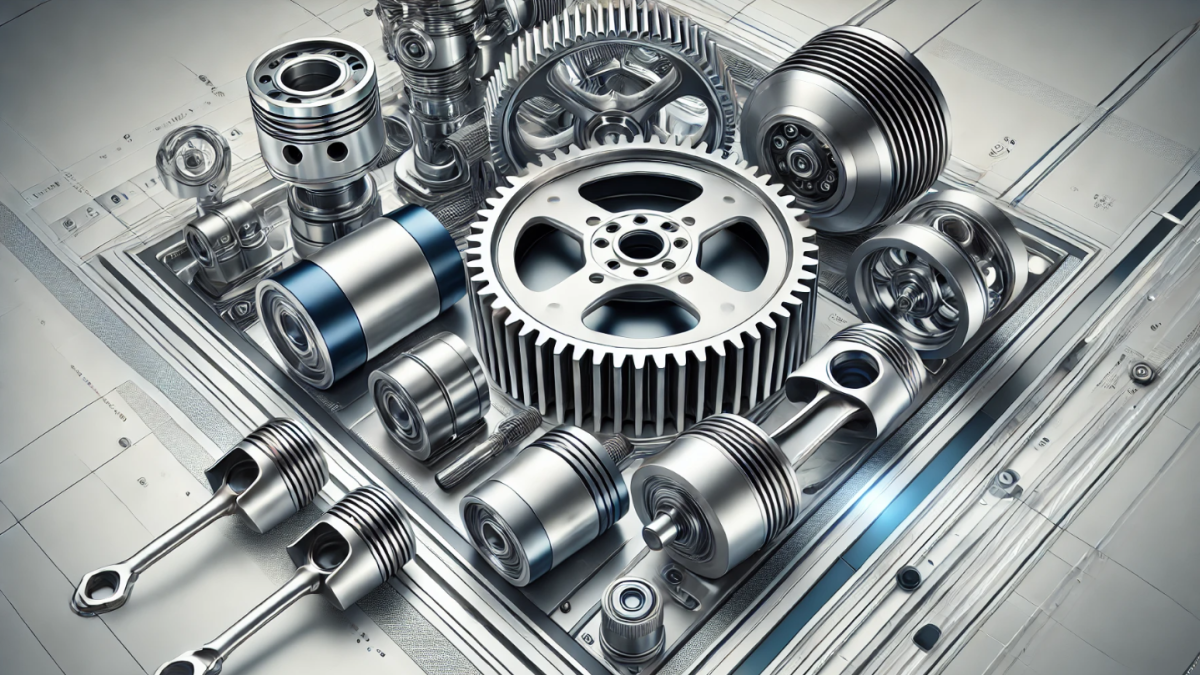Mechanical concepts

What are the important fundamental concepts in mechanical engineering and design?
Fundamental principles of mechanical engineering which form the basis of applied engineering to problem solving.
Force and Motion: Newton's laws of motion describe the relationship between the forces acting on a body and its motion. These laws form the foundation for analyzing the dynamics of any mechanical system
Torque: Torque, or rotational force, is the measure of how much a force acting on an object causes that object to rotate. It is crucial in the study of rotational dynamics and is calculated as the product of force and the lever arm distance.
Work , Energy and Power: Work is done when a force moves an object over a distance. Energy, the capacity to do work, exists in various forms, such as kinetic and potential energy. The conservation of energy principle states that energy cannot be created or destroyed, only transformed from one form to another. Power is the rate at which work is done or energy is transferred. It is an essential concept in understanding how efficiently a system operates.
Friction: Friction is a resistive force that opposes the relative motion of two surfaces in contact. It plays a crucial role in the design of mechanical systems, affecting everything from energy efficiency to wear and tear on components.
Simple Machines: Simple machines, such as levers, pulleys, and inclined planes, are devices that can change the direction or magnitude of a force. They are fundamental building blocks for more complex mechanical systems.
Momentum and Impulse: Momentum is the product of an object's mass and its velocity, representing the quantity of motion it possesses. Impulse is the change in momentum resulting from a force applied over a time interval.
Centripetal and Centrifugal Forces: Centripetal force is the inward force required for an object to follow a circular path. Centrifugal force is the apparent outward force experienced in a rotating reference frame, often considered in the analysis of rotational systems.
Mechanical Advantage: This concept describes how simple machines multiply force. It is the ratio of the output force produced by a machine to the input force applied.
Gear Ratios: Gear ratios are used to determine the mechanical advantage and rotational speed relationship between two meshing gears. They are essential in designing transmission systems and other machinery.
Vibration and Damping: Vibration refers to the oscillatory motion of mechanical systems. Damping is the mechanism through which the energy of a vibrating system is gradually dissipated, reducing the amplitude of oscillations.
Fluid Mechanics: This area studies the behavior of fluids (liquids and gases) and the forces on them. Key concepts include buoyancy, viscosity, laminar and turbulent flow, and Bernoulli's principle.
Thermodynamics: Thermodynamics deals with heat, work, temperature, and energy transfer. The four laws of thermodynamics govern the principles of energy transformation and heat exchange in mechanical systems.
Heat Transfer: This concept involves the movement of heat between different media. Methods of heat transfer include conduction, convection, and radiation, all of which are crucial in thermal management of mechanical systems.
Stress and Strain Analysis: This involves understanding how materials deform under various loads. Stress is the internal force per unit area within a material, while strain is the deformation or displacement it experiences. Accurate analysis ensures that components are strong enough to withstand operational stresses.
Material Selection: Choosing the right material is crucial for the functionality, durability, and cost-effectiveness of a design. Factors such as mechanical properties, corrosion resistance, weight, and manufacturability are considered in this process.
Design for Manufacturability (DFM): DFM principles ensure that designs are easy and cost-effective to manufacture. This includes selecting appropriate manufacturing processes, designing for ease of assembly, and minimizing complex features
Modular Design: Modular design involves creating products with interchangeable components or modules. This approach facilitates easier maintenance, upgrades, and customization, enhancing product flexibility and reducing downtime.
Geometric Dimensioning and Tolerancing (GD&T): GD&T is a system for defining and communicating engineering tolerances. It uses symbolic language on engineering drawings and computer-generated three-dimensional solid models to explicitly describe nominal geometry and its allowable variation.
Structures In mechanical engineering, structures are physical configurations made from various materials designed to support loads and withstand forces without undergoing excessive deformation or failure. They are often static components essential for maintaining stability and integrity in a system.
Mechanisms : Mechanisms are assemblies of moving parts designed to perform specific functions, convert motion and forces from one form to another, or transmit power within a mechanical system. They are dynamic components essential for the functionality of machines.
 Mufaddal Rasheed
Mufaddal Rasheed 